Dazzling or Dystopian? The Controversy Over AI Art
Art has always been a reflection of societal changes and technological advancements. One of the latest phenomena that is shaking the world of art is AI Art – art generated by artificial intelligence. This blog dives into the origins of AI art, the dazzling aspects it offers, and the ongoing controversy surrounding it. So, is AI art a revolutionary tool, democratizing art and pushing its boundaries, or does it represent a dystopian future where human creativity is undermined? Let’s delve into it.
Understanding AI Art
Artificial Intelligence has been progressively making its mark in various fields, from healthcare to self-driving cars, and art has been no exception. The history of AI in art begins in the 1960s and 70s, when pioneers like Harold Cohen and Desmond Paul Henry began using computers to generate art. However, it is in the last decade, with the advent of deep learning and generative adversarial networks (GANs), that AI art has really taken off.
So, how does AI create art? In the simplest terms, an AI art generator utilizes algorithms to learn from a large dataset of images and then creates its own images based on that learning. Just as a human artist draws on their experiences and learned techniques, an AI algorithm generates art based on patterns and structures it has learned from its dataset.
For instance, when you upload a photo to an AI art generator from photo, the algorithm recognizes the structures and patterns in your photo, then creatively reimagines them into a unique artwork. This process can be deeply explored in our blog.
Notable examples of AI art include the portrait “Edmond de Belamy,” created by Paris-based art collective Obvious using a GAN, and sold for an astounding $432,500 at Christie’s auction house.
-
LeBron James
Art Prints $160.00 – $200.00Buy now This product has multiple variants. The options may be chosen on the product page -
US President 44
Art Prints $160.00 – $200.00Buy now This product has multiple variants. The options may be chosen on the product page -
US President
Art Prints $160.00 – $200.00Buy now This product has multiple variants. The options may be chosen on the product page
The Dazzling Aspects of AI Art
There are multiple facets to the AI art revolution that are truly exciting. Let’s explore them one by one.
AI as a New Tool for Artistic Expression
The first argument in favor of AI art is that it is simply a new tool for artistic expression, a means through which artists can explore new creative avenues. The usage of AI expands creative possibilities, transforming a simple photo into a variety of AI prints. This is no different from the introduction of any other new art medium or tool in history, such as oil paints or the camera.
Artists are already leveraging this technology effectively, and you can discover their innovative works at our shop.
Democratization of Art Through AI
AI is also leading to the democratization of art. By providing an accessible tool, it has made the creation of art more accessible than ever. You don’t need to be a skilled artist to create appealing and meaningful art; all you need is an AI art generator. This is causing a paradigm shift in the art market. If you’re interested, you can learn more about it in our blog.
AI’s Role in Pushing the Boundaries of Art
AI is not just a tool; it’s also pushing the boundaries of what we consider art. It’s creating novel forms and styles that have never been seen before. With each AI print, we are seeing the redefinition of our understanding of art. This aspect of AI art is truly dazzling and has the potential to reshape the art landscape dramatically.
The exploration of AI art reveals a world of possibilities. It serves as a new tool for artistic expression, democratizes the creation of art, and pushes the boundaries of what we understand as art. However, the controversy around AI art continues to simmer. The arguments against AI art, revolving around the loss of human creativity and the potential dystopian consequences, will be explored in the following sections of this blog series.
AI art is undoubtedly revolutionizing the world of art, bringing a fresh perspective and creating new spaces for innovation and creativity. Visit NFT54 to explore this innovative world of AI art and join the conversation on whether AI art is dazzling or dystopian.
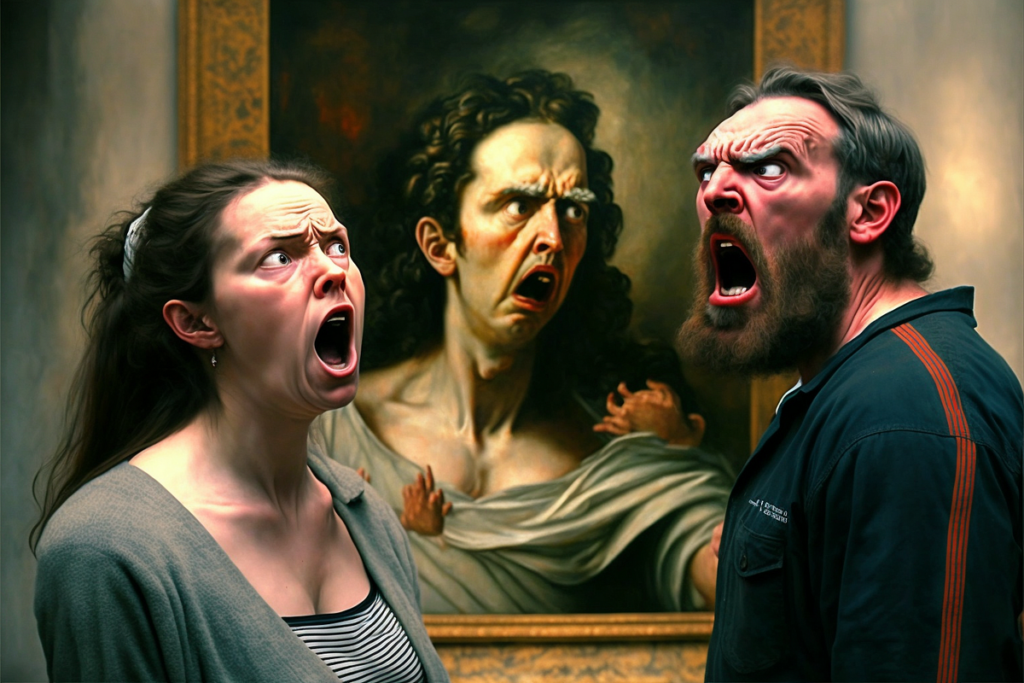
The Dystopian Concerns over AI Art
While the benefits of AI in art are evident, there is a range of concerns that arise from this development, casting a dystopian shadow over the prospects of AI art.
Loss of Human Creativity and Authenticity
The principal argument against AI in art revolves around the loss of human creativity and authenticity. Art, from the earliest cave paintings to modern installations, has always been a deeply human pursuit. It’s a medium through which individuals express their thoughts, emotions, and perspectives. An essential part of art’s appeal lies in its ability to offer a glimpse into the artist’s soul.
With AI art, critics argue that this human touch is missing. After all, an AI doesn’t have feelings or a consciousness; it can’t draw from personal experiences or emotions to create art. AI generates art based on learned patterns and structures, not personal introspection or creativity. Even when an AI creates an aesthetically pleasing piece of art, can it really match the depth and emotional resonance of a piece created by a human artist?
This philosophical question about the essence of art and creativity is central to the controversy surrounding AI art. We delve into this further in our blog post.
Economic and Ethical Implications
AI’s intrusion into the art world also has significant economic and ethical implications. As AI becomes more sophisticated, it could potentially disrupt the art economy and impact the livelihood of human artists. If an AI can generate countless unique artworks in a fraction of the time it takes a human artist, what does that mean for artists trying to make a living?
There are also pressing ethical concerns surrounding AI art. Who should be considered the author of an AI-generated artwork: the AI, the programmer who designed the AI, or the individual who selected the data fed to the AI? How does copyright law apply to AI art, and who owns the rights to AI-generated artwork? These are complex questions without clear answers, further fueling the controversy over AI art.
AI and the Commodification of Art
Another dystopian concern associated with AI art is the potential commodification and mass-production of art. Some critics worry that AI is pushing art towards an industrial model, where countless pieces can be churned out with a single click. This could potentially lead to art’s devaluation, transforming it from a unique expression of human creativity to a mass-produced commodity.
Will AI influence the future direction of art towards mass-production? Or will it merely serve as another tool in the arsenal of artists, enabling them to explore new creative directions? Only time will tell.
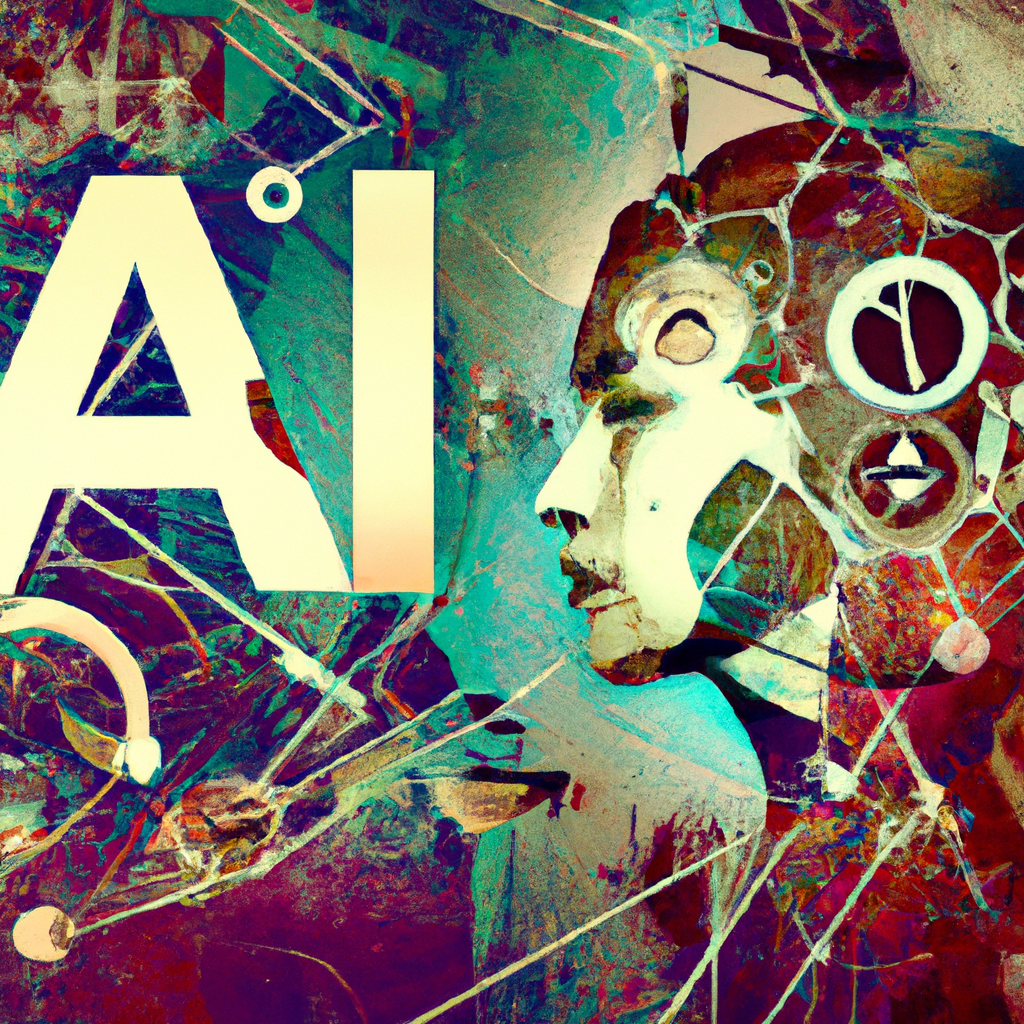
Case Study: AI Art in the Art Market
A practical way to understand the implications of AI art is by examining its impact on the art market. When Obvious’ “Portrait of Edmond de Belamy” sold for $432,500 at Christie’s auction house in 2018, it was a wake-up call to the art world. Not only was it the first AI-generated artwork sold at a major auction, but the piece also sold for far more than expected, signaling serious interest in AI art.
What does this tell us about the art market’s acceptance of AI-generated art? On the one hand, it could suggest a fascination with the novelty of AI art, driven by the excitement around the potential of AI. On the other hand, it may also indicate recognition of AI art as a legitimate form of art, with its own unique aesthetic appeal and creative value.
However, this event also raised questions about authorship and valuation. Who should be recognized as the creator of the piece: the AI, the programmers, or the artists who provided the training data? How should AI art be valued, given that an AI can generate countless pieces in a short period? These issues bring us back to the debates around AI’s impact on the authenticity and commodification of art.
To understand these implications more deeply, you can read our objective analysis in the blog post.
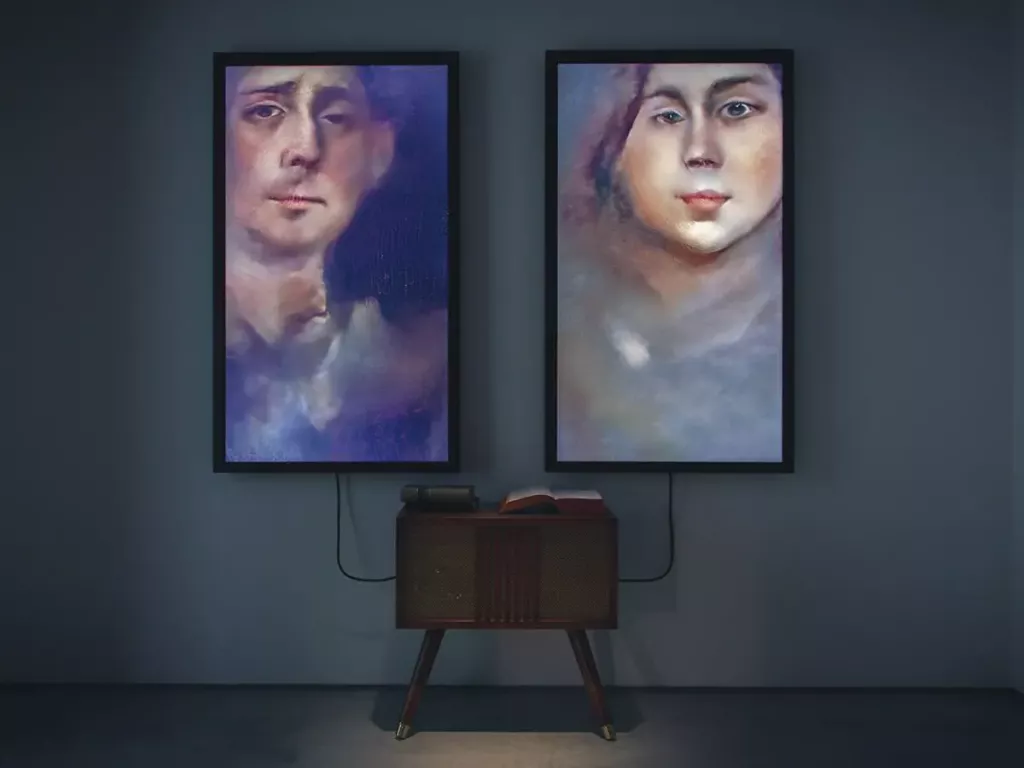
Case Study: “The Next Rembrandt”
One significant example is the project “The Next Rembrandt,” where a team of data scientists, engineers, and art historians used AI to generate a new artwork in the style of the Dutch master Rembrandt. The AI analyzed a dataset of Rembrandt’s paintings, learned his signature style, and created a completely new portrait that is eerily reminiscent of Rembrandt’s work. This project sparked intense debate over the authenticity and originality of AI-generated art.
Case Study: AICAN
Another interesting case study involves AICAN, an AI artist developed by Ahmed Elgammal, a computer science professor at Rutgers University. AICAN has created artwork that has been exhibited in galleries and art fairs, blurring the line between human and machine creativity. The unique aspect of AICAN’s work is its unpredictability. Instead of merely recreating human styles, AICAN generates novel styles, leading to the question of whether AI can be truly creative.
Case Study: “Sunflowers”
A recent project by the auction house Sotheby’s and the tech company Artmatr used AI to recreate Van Gogh’s “Sunflowers” series, creating a unique hybrid of AI and human art. The project used AI to analyze Van Gogh’s technique and generate a new painting in his style. Then a robotic arm, guided by the AI, painted the canvas using actual paint. This fusion of AI and traditional art forms explores a new direction in AI art, merging the physical and digital realms.
Each of these case studies presents a different facet of AI art, showing its potential to both mimic human art styles and generate entirely new ones. They also raise complex questions about the nature of creativity and the future of art in an AI-dominated world.
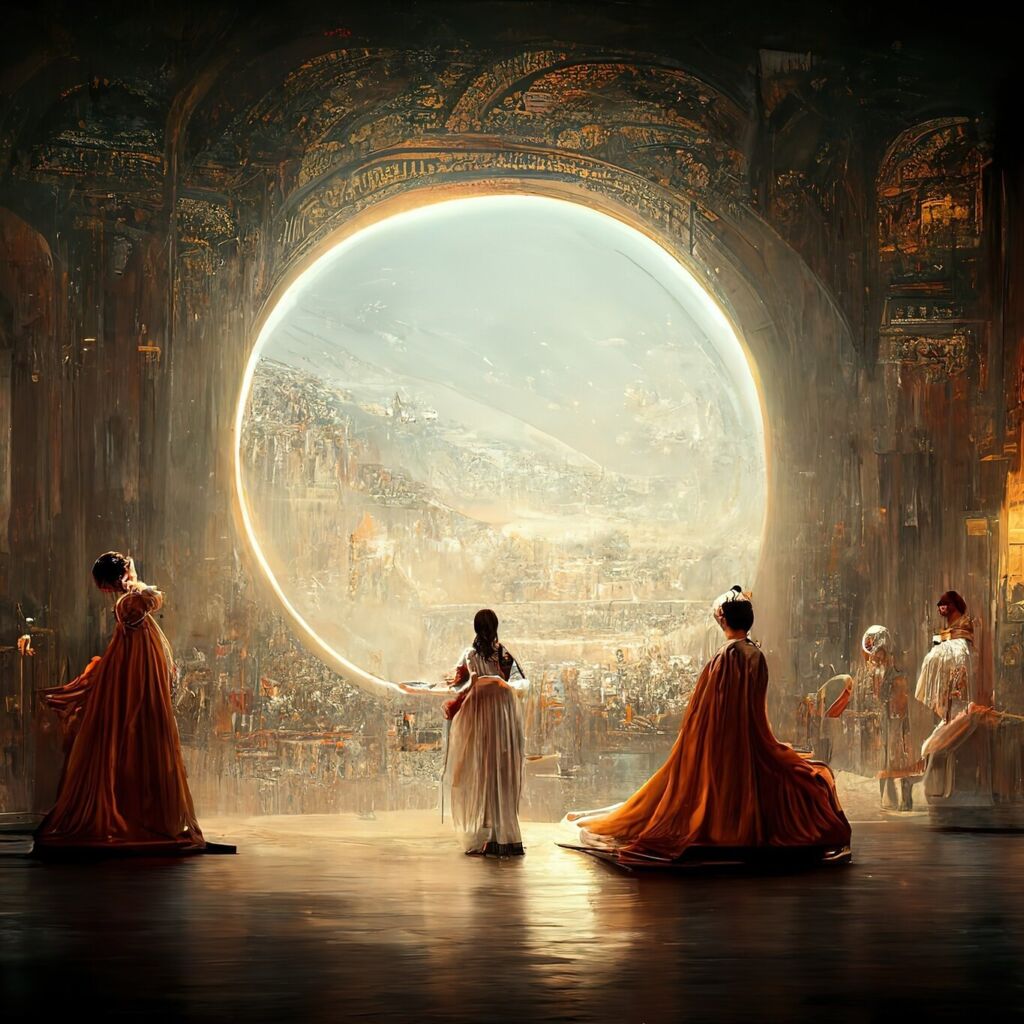
Conclusion
AI art is a revolutionary development, opening up a world of dazzling possibilities for creative expression, democratization, and innovation in art. But it also raises serious dystopian concerns about the loss of human creativity, economic and ethical implications, and the potential commodification of art.
As we continue to grapple with these complex issues, it’s essential to maintain a balanced perspective. AI art represents another chapter in the evolution of art, influenced by technological advancement. As with any new development, it brings opportunities and challenges that we must navigate wisely.
Whether we see AI art as a dazzling frontier or a dystopian development, one thing is clear: AI art is here to stay, and it will continue to shape the landscape of art in the coming years. To stay updated with these developments and join in the conversation, follow our blogs at NFT54.
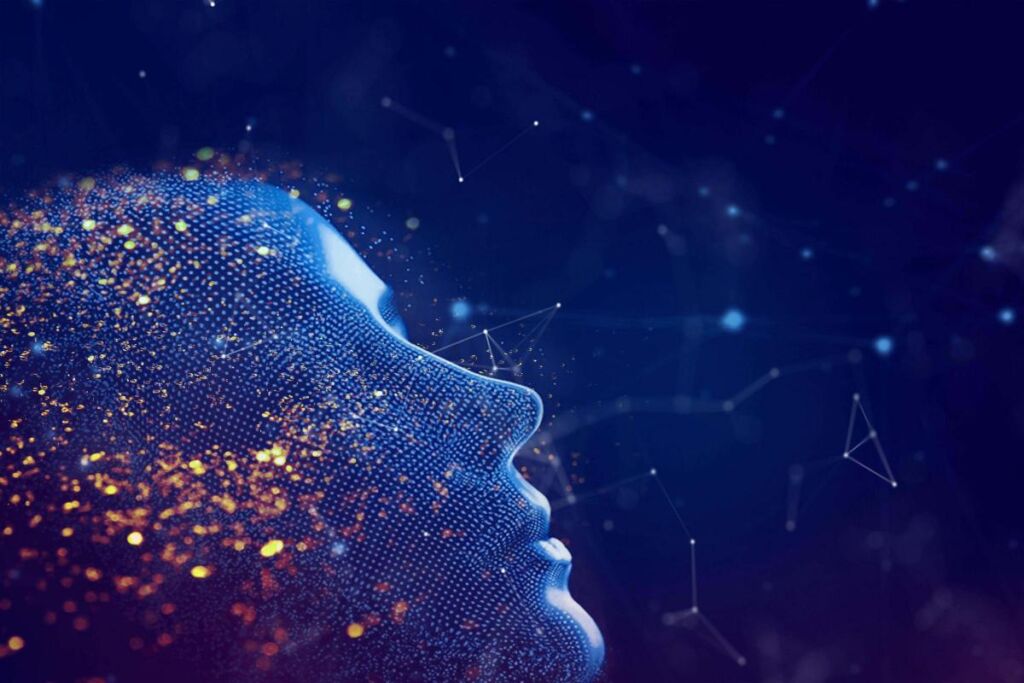
Frequently Asked Questions
- What is the controversy behind AI art?
- The controversy behind AI art primarily revolves around the loss of human creativity and authenticity, economic and ethical implications, and the potential commodification of art.
- What is the best argument against AI art?
- The best argument against AI art is the potential loss of human creativity and authenticity, as art has traditionally been a deeply personal expression of human experiences and emotions, which an AI lacks.
- Why are so many people against AI art?
- Many people are against AI art because they fear it could undermine human artists, devalue the art market, and lead to a loss of human creativity and authenticity in art.
- What is the negative impact of AI art?
- The negative impact of AI art could be the potential devaluation and commodification of art, disruption of the livelihood of artists, and complex ethical issues around authorship and copyright.
- Is it wrong to use AI-generated art?
- Whether it is "wrong" to use AI-generated art is subjective and depends on one's perspective. While some argue it undermines human creativity, others see it as a tool that can expand creative possibilities.
- What is the dark side of artificial intelligence art and its impacts?
- The "dark side" of AI art includes potential devaluation of art, undermining of human artists, loss of creativity and authenticity, and complex ethical and legal issues.
- What are 3 negative impacts of AI on society?
- The three negative impacts of AI on society could be job displacement due to automation, privacy concerns due to increased data collection, and potential misuse of AI technology for harmful purposes.
- How do artists feel about AI art?
- Artists' views on AI art vary greatly. Some embrace it as a new medium for creative expression, while others express concern that it could undermine human creativity and the art market.
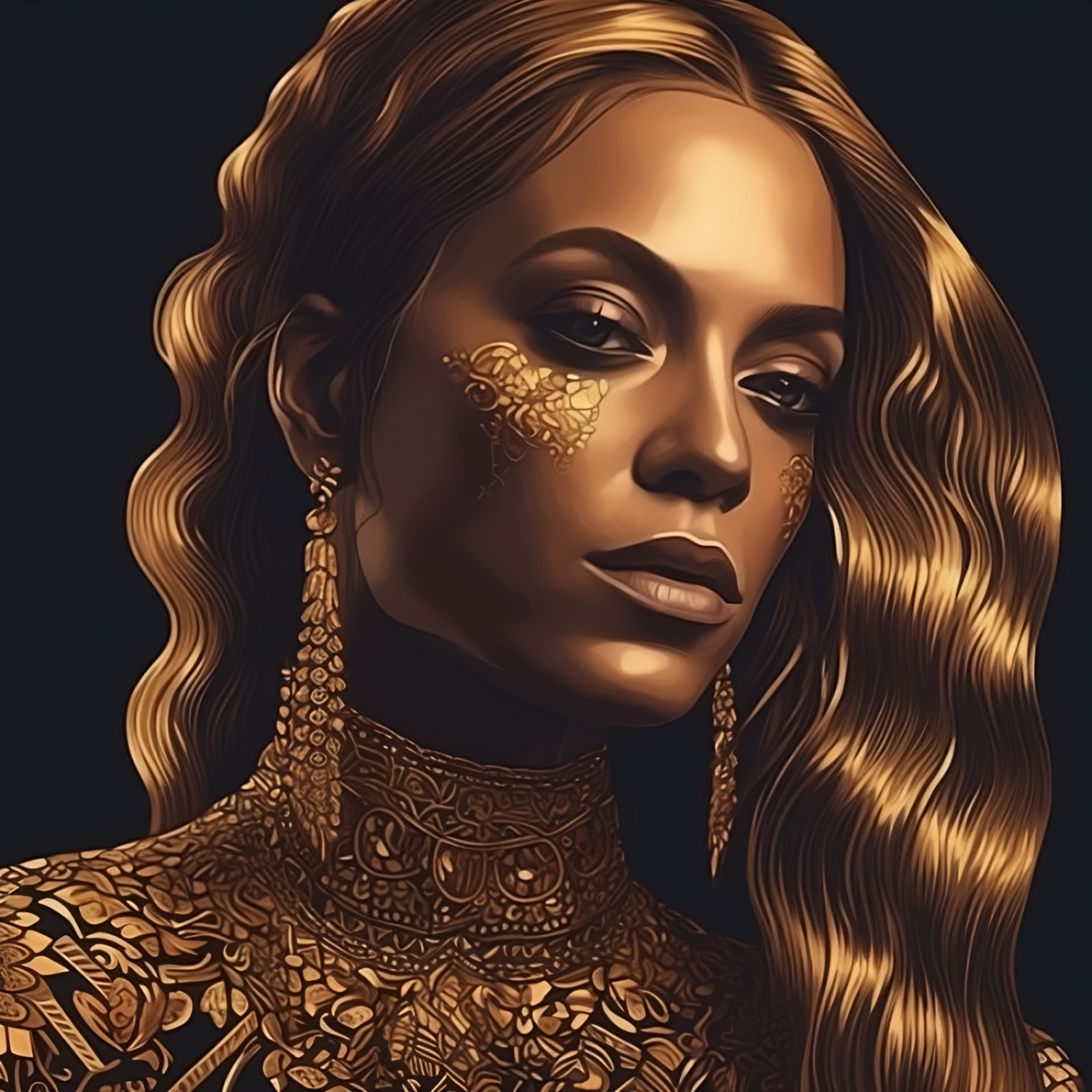

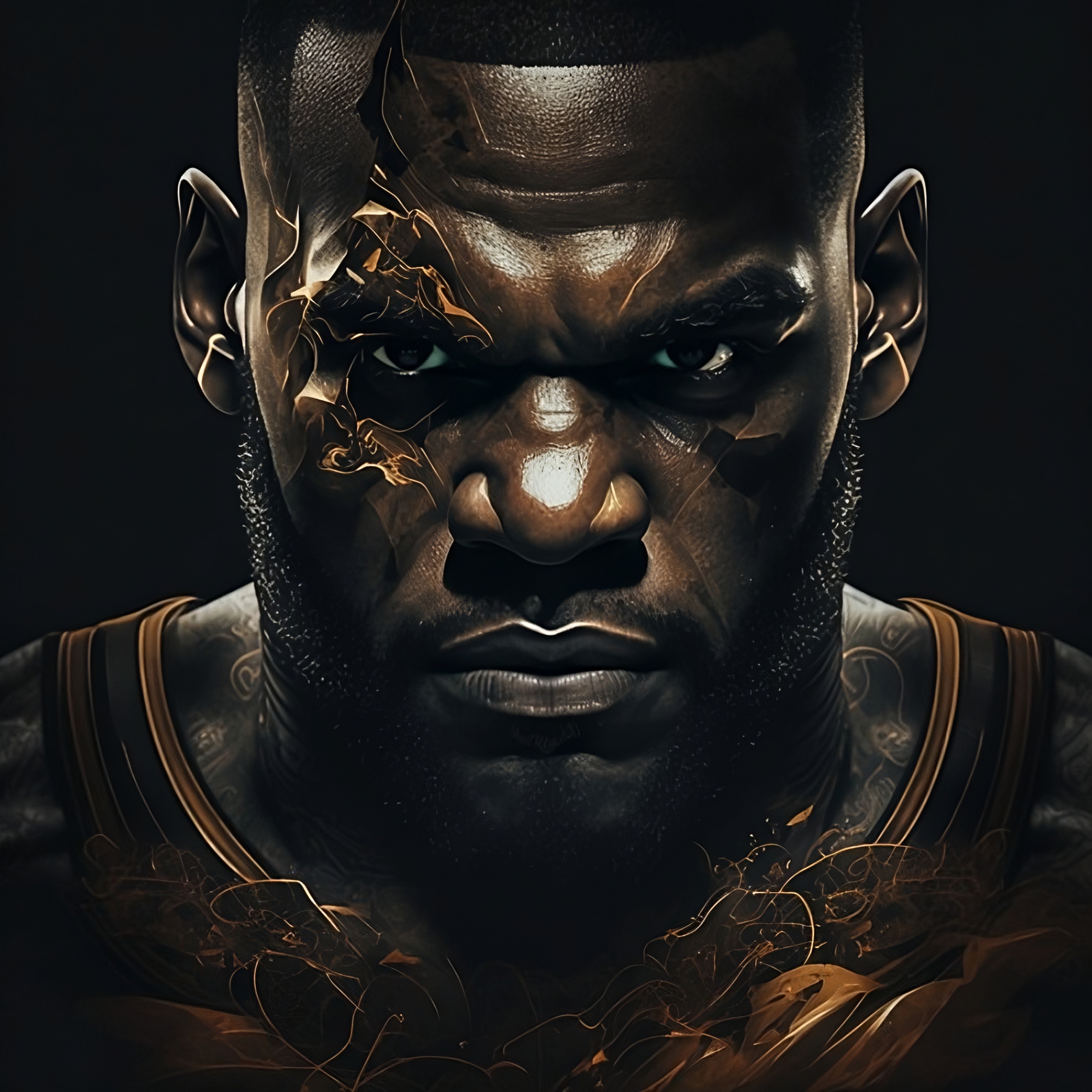

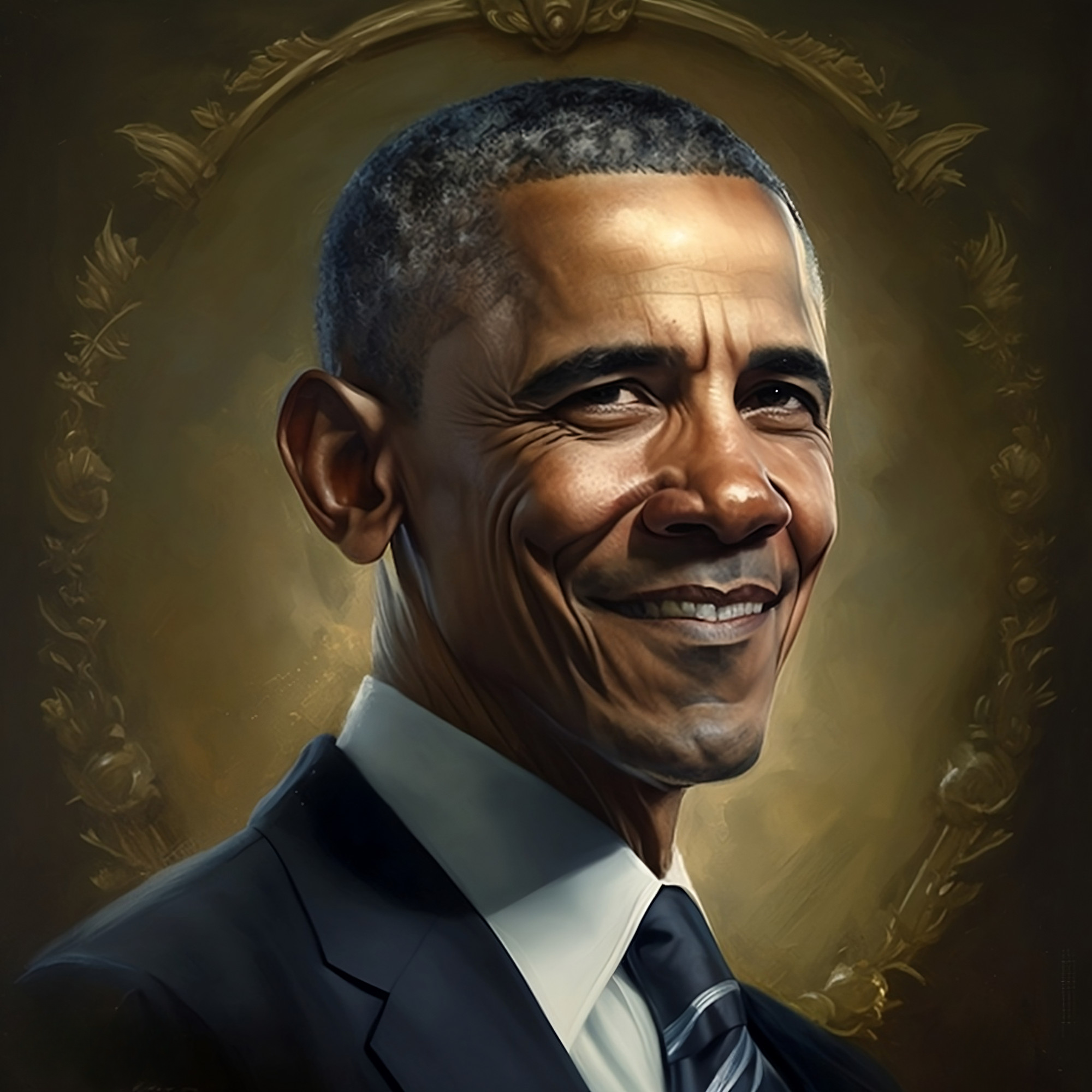

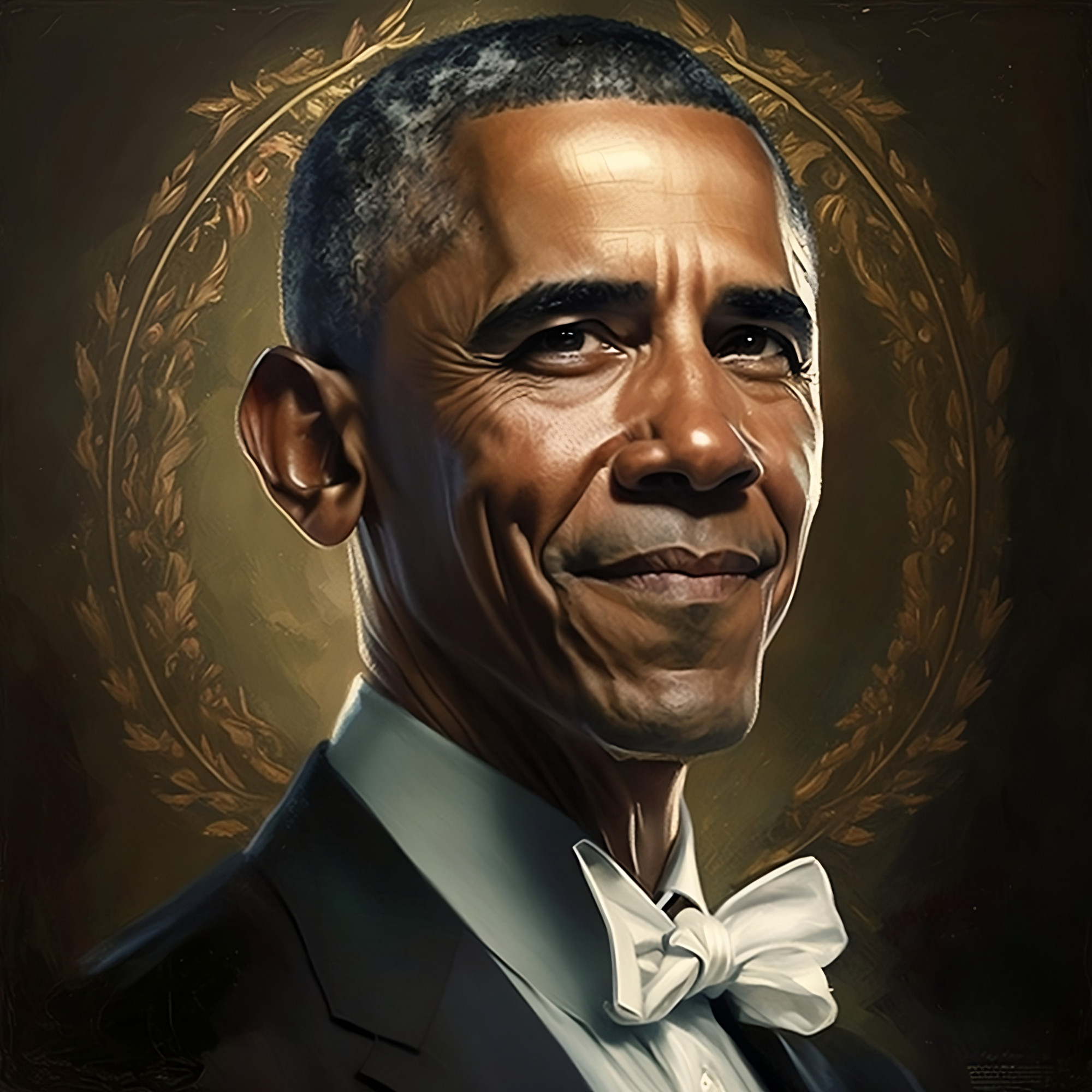
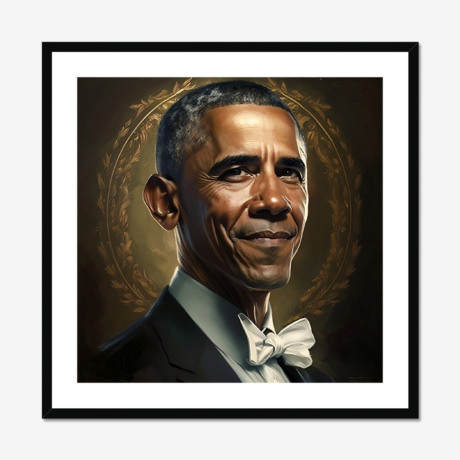
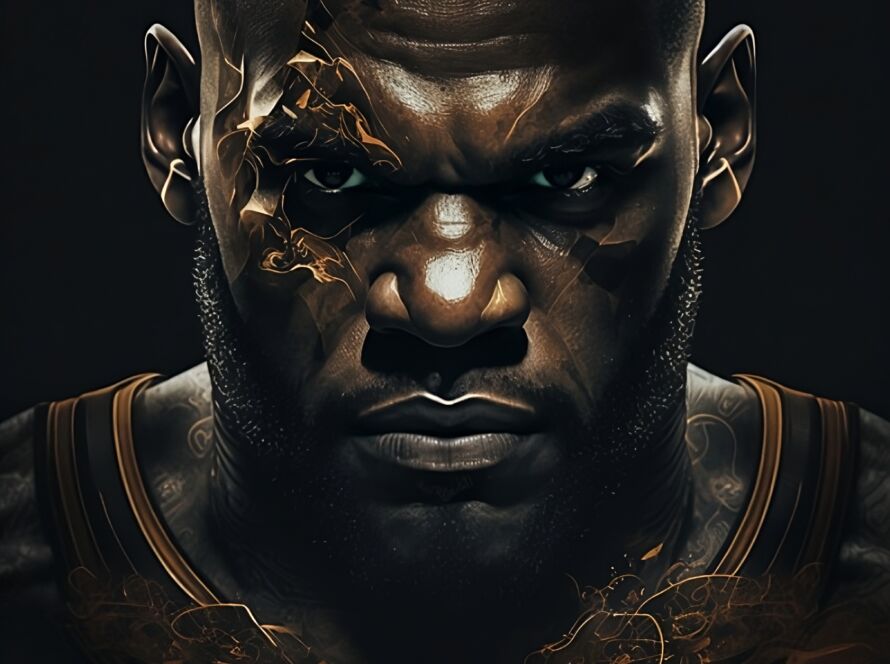
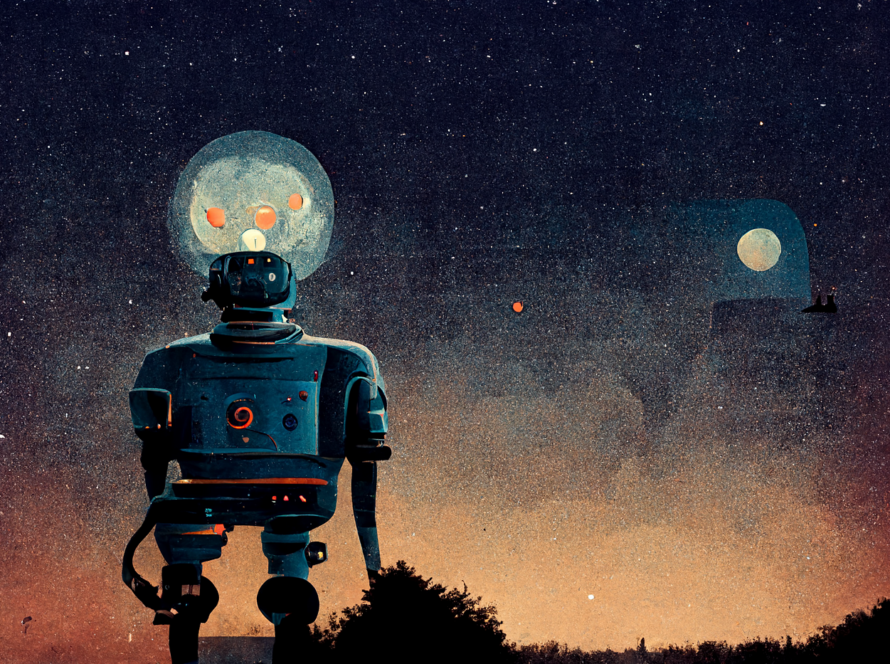
2 Comments